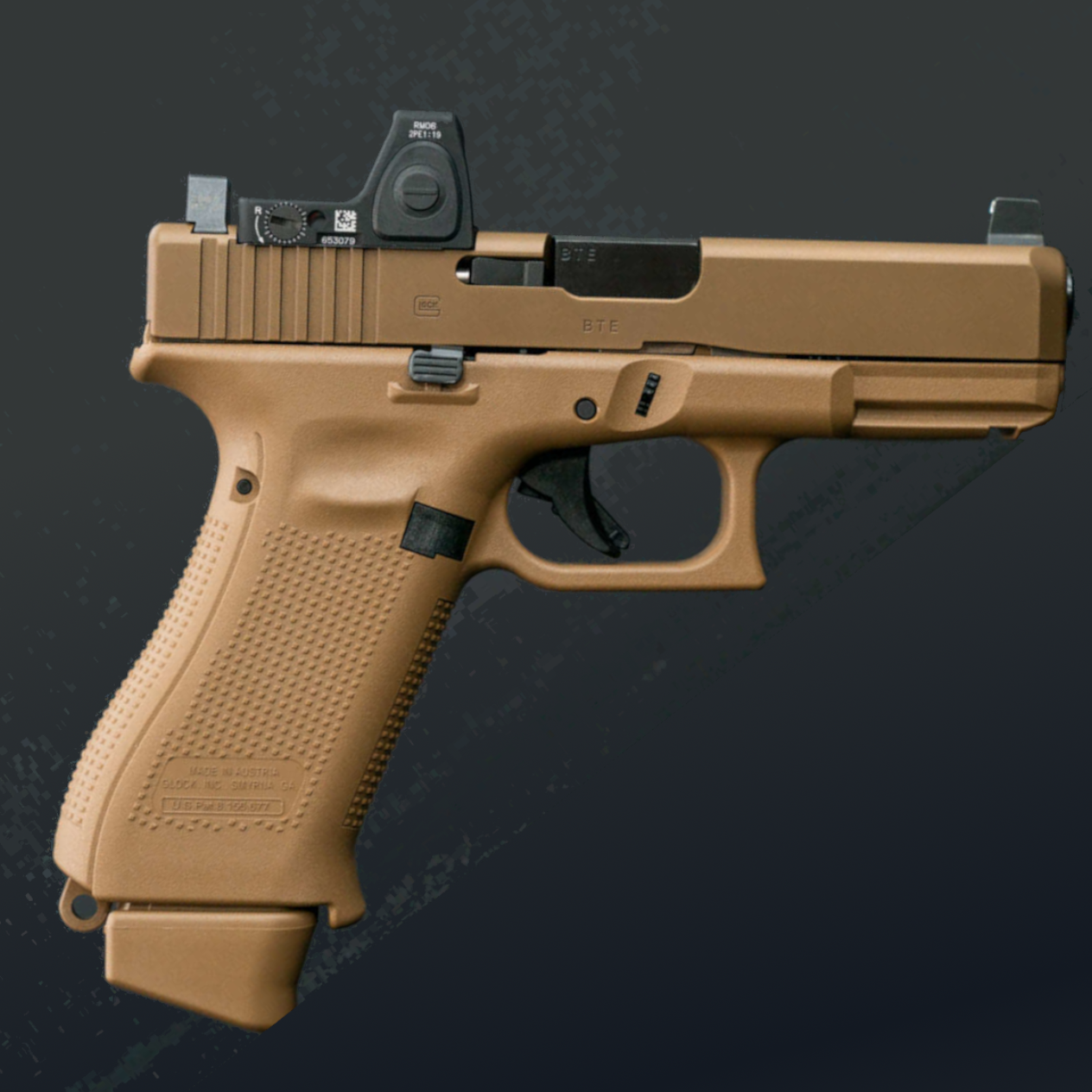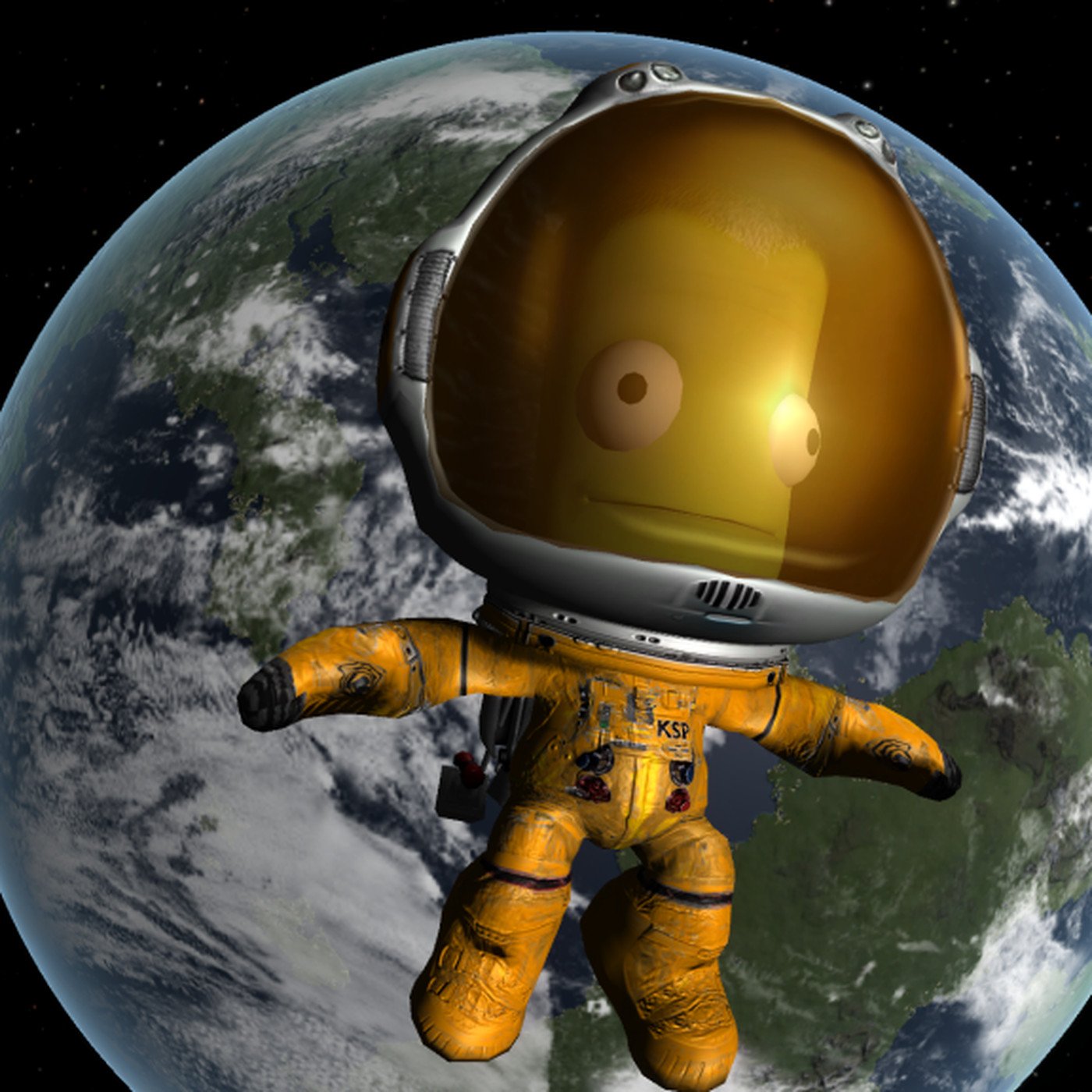

False perspectives, sure. That is a possibility. False or not, that reasoning forms memories which must be stored somewhere. Those memories are what you might consider “new data” that comes from “new connections”.
Understanding something is based off what you already know or just learned, which is memory. Logic and reasoning is partially instinctual and mostly memory. Decision making is likely not strictly based in memory, but more based on memories.
I think where you might be getting something mixed up is undersanding vs. memorizing and how the brain stores information. If I am understanding you correctly, you are thinking of data like a computer handles data: A zero or a one is a bit. Eight bits are in a byte. PC memory can hold X bytes until it gets full, and then game over.
Our brains simply don’t work like a PC and we naturally store patterns, not specific raw data.
So, if a neuron has 3 inputs and 3 outputs, it has 6 connections to other neurons. With a computer, you need to lay out a few arrays and map each connection to each other. If we had a mess of neurons on a table in front of us to stick together, we would just need to remember to connect outputs to inputs and follow any other simple conditions we are given without strictly needing to memorize a 1:1 connection map.
Pattern matching is core functionality for our brains. So much so, we actively seek out patterns whenever we can. (Reference: apophenia and pareidolia)
For things like simple number memorization and even speech, our brains are able to do those things based on a series of different patterns that we stick together automatically. By doing so, we can use and reuse groups of the same neurons for seemingly different tasks. Its essentially built-in data compression, for lack of a better term.
If we were to ignore real constraints like the time it would take to map out all of the connections in our brain, we would naturally start to store patterns of neuron connections, patterns of how those neuron clumps interact and other key features of operation.
My reasoning is that we would start to get extraordinary “compression rates” for this data. If we memorized a complex pattern of 100 neurons, we could likely reuse that “data” a million times over for other major components of the brain.
By the very nature of how we store information, data loss will happen and it’s unavoidable. We would need a new form of brain that was capable of storing blocks of data 1:1.
Also, your question is also a paradox. if we were to say we a brain would need to be double the size to store itself, then you would need a brain four times the size to store both of those brains. A brain storing itself is still a single brain so this turns into a recursion nightmare fairly quick.
If we doubled the size of our brains, we could probably do some amazing things and our memories might become phenomenal. However, the way we learn and store information is basically the same and probably still wouldn’t allow us to exactly store a million prime numbers in order.
The summary of all of this is that you aren’t accounting for memory patterns and natural data loss and there are very simple reasons that a brain doesn’t “fill up”.
Edit: Psychedelics are not inherently dangerous. Neither is THC or many other compounds. Mixing drugs and/or improper dosages is what is actually dangerous. There are probably more legal drugs that are riskier than illegal ones, actually. I would consider alcohol to be a substance that carries more risks, mainly because it is legal almost everywhere.

























Mine probably did too, TBH. Why I didn’t use it is anyone’s guess.